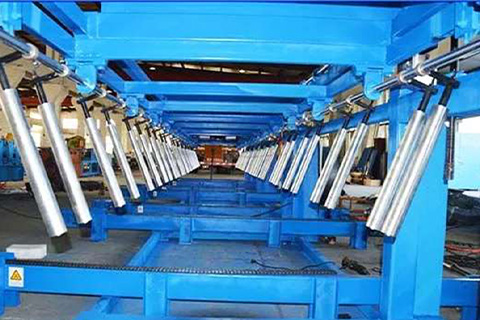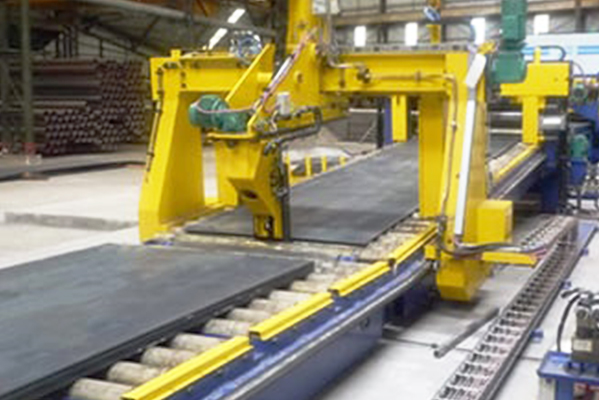Navigation Menu
Contact Us
- Email:
- info@wxavatar.com
- Address:
- Yurong Village, Yuqi Street, Huishan District, Wuxi, China.
Release Date:Aug 03, 2025 Visit:33 Source:Roll Forming Machine Factory
In today's competitive manufacturing and distribution environments, businesses constantly seek ways to improve efficiency while controlling expenses. One often overlooked opportunity lies in selecting appropriate stacking and packaging equipment. The right machinery can significantly impact labor requirements and operational costs.

The Connection Between Equipment and Labor Efficiency
Modern stacking and packaging systems are designed to automate tasks that traditionally required multiple workers. By handling repetitive movements, heavy lifting, and precise positioning, this equipment allows companies to reallocate human resources to more value-added activities. The reduction in manual handling not only decreases labor needs but also minimizes fatigue-related errors that can lead to product damage or workplace injuries.
Key Features That Impact Labor Requirements
Several characteristics of stacking and packaging equipment contribute directly to labor savings:
Automated Material Handling: Systems that automatically transfer products between different stages of packaging eliminate the need for manual movement between workstations.
Integrated Control Systems: Equipment with programmable logic controllers can adjust to different product specifications without time-consuming manual changeovers.
Consistent Operation: Machinery maintains steady output levels without the variability inherent in human-paced work, allowing for more predictable staffing needs.
Ergonomic Design: Well-designed equipment reduces strain on workers when manual intervention is required, helping maintain productivity throughout shifts.
Calculating the Labor Cost Savings
The financial impact of optimized stacking and packaging equipment becomes clear when examining specific operational metrics:
Reduction in personnel required per shift
Decreased overtime expenses
Lower training costs due to simplified operation
Reduced costs associated with worker turnover
Fewer quality issues requiring rework
Many operations find that the labor savings alone can justify the investment in upgraded equipment within a reasonable timeframe.
Implementation Considerations
When evaluating stacking and packaging solutions, businesses should assess:
Current labor costs and pain points in existing processes
Production volume requirements
Flexibility needs for different product types
Available facility space and infrastructure
Maintenance requirements versus current staffing capabilities
The most effective solutions often combine appropriate technology with streamlined workflows to maximize both equipment utilization and labor efficiency.
Long-Term Benefits Beyond Direct Labor Savings
While immediate labor reduction is often the primary focus, proper equipment selection delivers additional advantages:
More consistent product presentation and packaging quality
Improved workplace safety metrics
Enhanced ability to meet fluctuating demand
Better utilization of facility space
Increased throughput capacity without proportional labor increases

By carefully selecting stacking and packaging equipment matched to their specific operational needs, businesses can achieve measurable labor cost reductions while positioning themselves for sustainable growth. The right investment in this often-overlooked area can provide competitive advantages that extend far beyond simple cost-cutting measures.